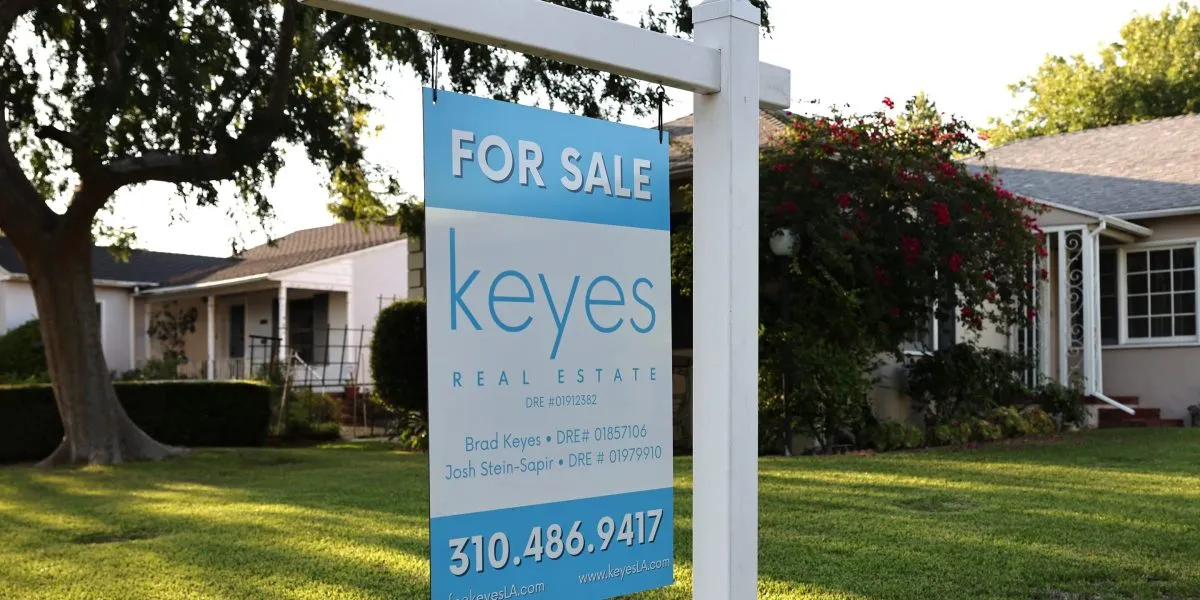
As the housing sector continues to experience a significant slump, it has raised alarm bells among economists and financial analysts. The activity within the housing market, particularly residential investment and construction, has historically served as a leading indicator for the overall economy. Recent minutes from the Federal Reserve's meetings highlight a shift in focus towards these concerns, especially during the gathering held on July 29-30.
The minutes released on Wednesday indicate that “participants observed that growth of economic activity slowed in the first half of the year, driven in large part by slower consumption growth and a decline in residential investment.” This shift in tone from the Fed signifies growing apprehension regarding the housing market's impact on economic stability.
While housing is just one of several issues concerning policymakers, it has become increasingly prominent. Other concerns include the labor market, the effects of tariffs on inflation, real income growth, elevated asset valuations, and low crop prices. The Fed officials specifically noted a weakening in housing demand, indicating that they are beginning to pay closer attention to housing market data.
The Fed's minutes mentioned that “a few participants noted a weakening in housing demand, with increased availability of homes for sale and falling house prices.” This recognition of the housing market as a potential risk to employment is noteworthy, especially when coupled with the rise of artificial intelligence technology. The minutes pointed out that “potential downside risks to employment” include a tightening of financial conditions and a more substantial deterioration in the housing market.
The Fed's growing concerns about the housing market could influence future rate decisions, which directly affect mortgage rates. In his Jackson Hole speech, Chairman Jerome Powell hinted at a possible rate cut during the Fed's September meeting, contrasting his previously hawkish stance. This announcement led to a rally on Wall Street, significantly reducing the 10-year Treasury yield.
Despite Powell's optimistic outlook, the latest data suggests that the housing market remains stagnant. High borrowing costs have deterred potential buyers, resulting in flat sales of existing homes throughout most of the year, despite an increase in the number of listings. This imbalance indicates weak demand, which has suppressed home prices. Analysts at Citi Research noted that “weekly data suggests home prices may remain subdued in coming months, close to flat on the year or rising only very modestly.”
Home price declines are considered rare occurrences outside of hiking cycles or recessions, emphasizing the current challenges facing the housing market. Furthermore, the construction of new single-family homes has shown little progress, with building permits declining in six out of seven months this year. This drop has brought permits to their lowest level since 2019, excluding the pandemic period.
The National Association of Home Builders (NAHB) homebuilder confidence index reflected this uncertainty, falling in August to reverse a previous modest uptick. Additionally, the share of homebuilders offering sales incentives reached a post-pandemic high, indicating a struggle to attract buyers. Citi Research stated, “As housing demand remains weak with high mortgage rates and high home prices, we expect further softening in housing activity this year.”
In conclusion, the ongoing challenges in the housing market signal a broader economic concern. As the Fed adjusts its focus towards these issues, the interplay between housing activity and rate decisions will be crucial in shaping the future of the economy.